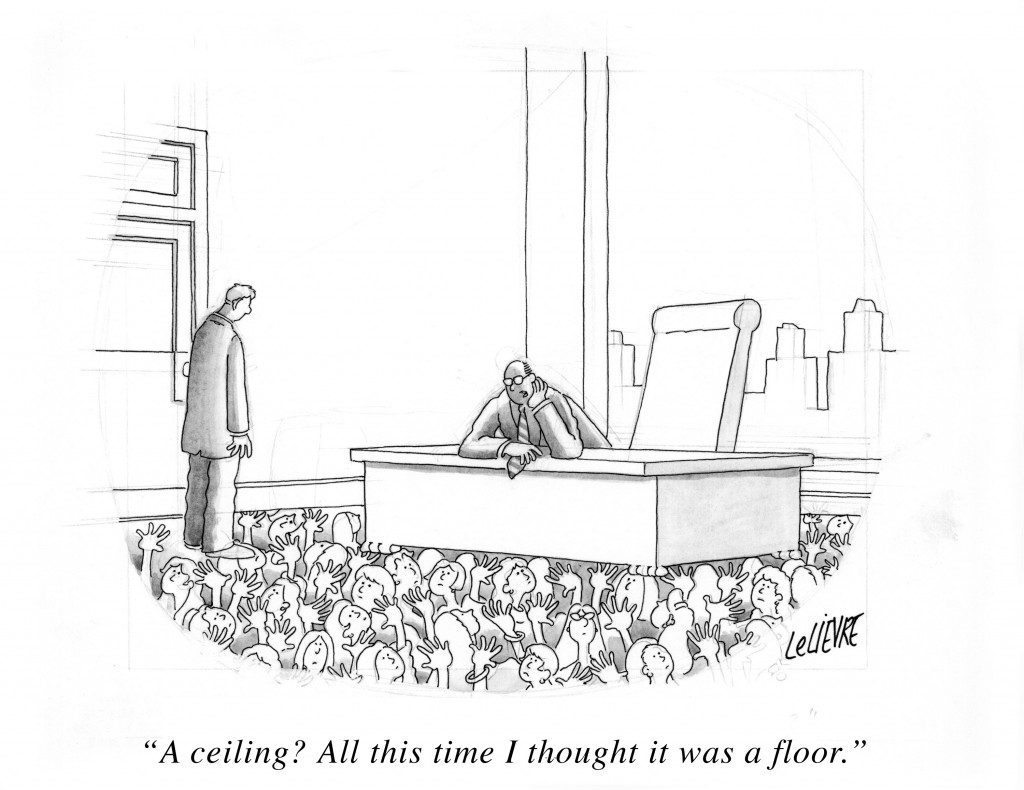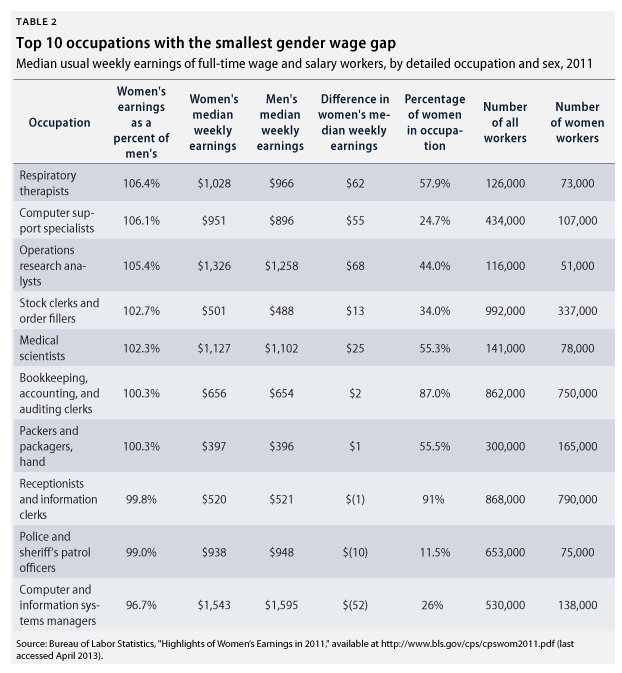Wednesday Bubble: Skin Cancer Awareness – You and Your Car
 According to recent estimates, skin cancer accounts for half of all cancers in the U.S. More than 3.5 million cases of basal or squamous cell skin cancer are diagnosed yearly; these types of skin cancer are generally found on the base or surface of the skin and can be cured if treated early enough. Melanoma — the most deadly of all skin cancers that affects the melanocytes, or cells that create skin pigmentation — accounts for more than 2/3rds of skin-cancer related deaths; this year, more than 76,000 cases are expected to be diagnosed. And, one person dies of melanoma in this country every 57 minutes.
According to recent estimates, skin cancer accounts for half of all cancers in the U.S. More than 3.5 million cases of basal or squamous cell skin cancer are diagnosed yearly; these types of skin cancer are generally found on the base or surface of the skin and can be cured if treated early enough. Melanoma — the most deadly of all skin cancers that affects the melanocytes, or cells that create skin pigmentation — accounts for more than 2/3rds of skin-cancer related deaths; this year, more than 76,000 cases are expected to be diagnosed. And, one person dies of melanoma in this country every 57 minutes.
In other words, skin cancer is not something to mess around with.
If you are like me, a child of the 60s and 70s, catching rays meant baby oil and tin foil. My father, who is in his late 80s, grew up on the beach and has spent the last 20 years having patch after patch of skin cancer removed. His body is a veritable skin cancer harvester, and he has even been permanently disfigured due to a botched procedure to freeze cancer cells below the surface of the skin on his nose. He’s lucky; he’s still alive and catching those cancers early enough.
I can’t emphasize it more: wear sunscreen. Moreover, wear it when you are in the car!
A study in the June issue of the Journal of the American Academy of Dermatology demonstrates that sun protection while driving is sorely lacking, despite the fact that driving evidently constitutes the largest percentage of total time spent outdoors, more than exercise or gardening. Moreover, on average, the majority of people in this country spend 80 to 100 minutes of their day in their cars.
Mind you, this is a retrospective study, which means that the researchers look back at events that have already occurred; this case, they mailed surveys to 675 patients who had previously attended a surgical clinic for skin cancer. Of all of these patients, 90% had a history of at least one type of skin cancer and 30, of malignant skin cancer.
Ironically? A majority did not believe that they needed to wear sunscreen while driving regardless of whether or not the windows were open or closed, although 53% of people with a prior history of skin cancer thought that they should wear it with the windows open. Real life use of sunscreen was different; about a third of these people reported wearing sunscreen “most of the time,” while only 15% used it while driving. What’s more, about a third of the people who reported wearing sunscreen most of the time while in a vehicle did not apply it to their arms or hands.
Additionally, having tinted car windows didn’t seem to provide additional protection. An equal percentage of people with or without tinted windows developed non-malignant skin cancer (85%); the only difference was the side of the body the skin cancer resided.
Here’s what you need to know:
- Automobile glass does not contribute to skin cancer equally. Important factors include the type of glass, the degree of tinting and the presence or absence of lamination or UV-absorbing film.
- In one study, clear auto glass transmitted 62% of UV radiation whereas dark-tinted glass transmitted 11.4%.
- Windshields are made from laminated glass that allows, on average, 2% transmission of UV radiation. Conversely, your side and rear windows are typically non-laminated and allow up to 80% of UV radiation. This means that the shoulder, arm and hand closest to the window needs to be protected because they are receiving the highest exposure to UV rays.
There are some issues with this study; for example, it relied on recall and and patients may have overestimated or even underestimated real exposure. However, the message is quite clear: wear sunscreen when you drive.
p.s. May is skin cancer awareness month. Pass it on: wear sunscreen, period.
Read MoreMale or female – when it comes to working out, silence is golden
 Silence is golden, at least it is when it comes to choosing your workout partner.
Silence is golden, at least it is when it comes to choosing your workout partner.
I write a lot about the importance of physical activity and this seemed to be the perfect post to kick off Women’s Health Week.
Data have suggested that an optimal workout partner can actually improve both the intensity and duration of exercise by as much as 208%. Indeed, according to Brendan Irwin, an assistant professor of kinesiology at Kansas State University, having a skilled workout partner who keeps verbal encouragement to a minimum is the key to optimizing workouts. Hmm, a skilled person. This idea builds upon behavioral research theory that suggests that the presence of a superior partner may improve motivation in the ‘weak link,’ especially when both people are on a team together. But in addition to the weak link-superior workout partner theory (which I find especially fascinating) is that I would expect that encouragement would be a motivator, not a detractor.
Irwin and his colleagues at Michigan State University asked 115 male and female students (on average, 20 years old) to perform a series of five abdominal planks (holding each as long as they could) after watching a brief instructional video. For those unfamiliar with planks, they are body-weight resistance exercises in which one ‘suspends’ his or her body weight using abdominal muscles. Generally, planks are isometric, require little coordination and are effort-based. They are also quite difficult to hold for any significant period of time. (My best time, for example, is 1 min 40 seconds and my worse, 15 seconds.) For a ‘variation on a theme,’ the differences between the five planks were subtle, e.g. holding a push up position on one’s forearms on each side, etc. Next, the students were divided into three groups:
- The first rested for 10 minutes.
- The second group were told that they would be exercising with a partner (on video at another location) who they met briefly via a Skype call (in reality, that person was ‘in on the research’ and the exercise portion of the session had been pre-recorded). They were informed that the partner was slightly better (skill wise) than themselves.
- The third group was told that they would be exercising with a partner who would encourage them (and, due to technical difficulties, only the partner would be able to communicate).
Irwin says that at first, he and his colleagues thought that it made the most sense that encouragement from a workout partner would be motivating. However, what they found was the opposite: “when exercising with someone who is slightly better [i.e. about 40%] and who is not verbally encouraging, participants exercised longer than if the conditions were the same but that person was verbally encouraging them.” That is, even after controlling for individual differences in strength, exercising with a partner who was more skilled boosted persistence by an average of 78%, and the optimal partner – more skilled and who kept the rah-rahs to a minimum translated into a longer bouts of exercise. Perception is key; Irwin explained that those people who received encouragement from a more skilled partner may have interpreted the comments as condescending or patronizing.
However, will this hypothesis work on older individuals as well? When I asked Professor Irwin this question directly, he said that to the best of his knowledge, ” there is no empirical reason to believe that the results of this study wouldn’t apply to a wide range of age groups. In fact, anecdotally, I hear from faculty and middle-age folks all the time who read about this study (and others like it) and are quick to validate that a partner can be very motivating for them (e.g., “I play tennis with a friend who is a little better than me and it really gets me going!”).”
What about you? What type of person motivates you the best to surpass your own expectations?
[Professor Irwin’s study — “You Can Do It: the Efficacy of Encouragement in Motivating the Weak Link to Exercise Longer During an Online Exercise Video Game,” is slated for publication in the Journal of Medical Interent Research]
Read More
Jelly in yo belly?
[The Electric Company – Retro-style illustrated lyric page for “Jelly Belly.” Art by Mell. From the Electric Company Original Cast album booklet, 1972. Courtesy: 4-Color Cowboy Vintage Print Collection]
Sigh. I’ve written about this, I’m experiencing it, heck, I’m stumped.
Belly fat.
It’s a well-known fact that many women’s fat storage begins to shift as they go through menopause. However, many women are unaware that this fat storage pattern is downright dangerous, dramatically increasing the risk for conditions like diabetes, heart disease, stroke and even some cancers.
While experts have made the connection between declining estrogen levels and an increase in fat deposits in the mid section, they have not entirely understood how it happens. That is, until now. Indeed, when researchers from Concordia University in Canada and the Mayo Clinic joined forces, they discovered that cells are the culprit. Yup, cells.
Let me explain.
Professor Sylvia Santosa, the leading investigator, says that she and her colleagues undertook the investigation because of the dangers associated with belly fat in postmenopausal women, noting that she felt that it was important to understand how low estrogen levels redirect fat storage. Consequently, she compared fat storage in 12 premenopausal and 11 postmenopausal women who were, on average, roughly 50 years old. To insure accuracy, the women all consumed the same meals for 5 days before the study and were matched by age, weight, and similar body weight, BMI and body fat compositions. They also examined the activities of fatty acids and certain enzymes that promote and alter fatty acids so that they wind up stored in the last place we’d like them to be stored: our bellies.
What they discovered is that twice as many dietary fatty acids — the type found in meals instead of the type that flow freely in the bloodstream — were being deposited into abdominal storage in postmenopausal that premenopausal women. The reason for this doubling was that the decline in estrogen appears to increase a certain protein in tissue that stores fat in the belly, and that its partner in crime – an enzyme had as much as 40% higher activity in postmenopause.
To put it in plain English: the overall fat storage machinery in postmenopausal women is faulty. Not only are we storing more fat than ever before, but our cells also don’t want to let go of it. Yikes!
While researchers continue to tease out the culprits so that they can figure out how to optimally target them, we are left with a dilemma: what now? Short of changing your diet and re-upping your exercise, or paying for fat extraction, there’s not a whole lot of ‘what.’ Unfortunately, many of us may need to live with the jelly belly the best we can.
Read MoreWednesday Bubble: The Glass Ceiling is a Myth
Earlier this week. Fox Business ran a piece claiming that the gender pay gap was nothing more than a myth. Some of the more interesting conclusions suggested that there are fewer women in select fields was because they choose to work in industries that pay less such as education, versus those that pay more (and where you find greater numbers of men), such as computer and engineering.
The author writes: “women sacrifice pay for all sorts of reasons including security, safety, flexibility, and fulfillment. Their priorities are vastly different than men’s. And when you account for that, when you compare apples to apples, when women actually make the same career choices as men, there is no gap. Men and women earn the same.” He adds that even when women pursue higher paying fields, such as medicine, they tend to gravitate towards areas that are less stressful, such dentistry rather than specialize in stressful positions such as surgery. Moreover, men work more hours.
While he acknowledges that women are having babies and do most of the child rearing — obvious factors that contribute to the gender pay gap — he claims that these are personal or societally-driven decisions and that truly, the glass ceiling has been broken.
Is this man living under a rock?!
I can rest on my laurels, throw a bunch of statistics in your direction and reinterpret the findings to provide evidence that the gender pay gap is a thing of the past. Or I can share the following proof that it’s not, that this author’s primary point, if you pay close attention to the article, has nothing to do with gender pay and more to do with his opinion that the Federal Government should not be wasting its time trying to equal the paying (pun intended) field.
That aside, let’s get down to brass tacks.
According to the latest figures from the Bureau of Labor Statistics, women continue to be paid less money than men in all but 7 of 534 occupations – respiratory therapy, computer support, operations research analysts, stock clerks, medical scientists, bookkeeping/accounting, and packager/package handlers. You can see the differences in the chart below as outlined by the Center for American Progress:
[Source: Center for American Progress]
Moreover, it’s not simply a matter of women choosing not to enter higher paying fields; often there is a discrimination bias taking place. For example, as Perry Hewett wrote in a 2011 Forbes.com piece, a key reason that women are lacking in tech is because this male-dominated industry is not broadening its professional networks to include more women. Anecdotally, I hear this all the time from my female techie friends. Importantly, the problem is magnified many fold among women of color who are trying the break the barriers. This problem is coupled with the need to improve girls’ access to science and technology programs (and boosting their interests in the same) so that we are producing a greater field of qualified applicants. And my gal pals also echo Hewett’s contention that visibility is a huge issue; even women who participate in more highly visible events are often invisible to the masses. Those who speak up are often ostracized when they do. The problem is pervasive.
In medicine, the reality is just as harsh. Although women are now entering medical school in droves, studies have suggested that gender discrimination is a large factor driving where females ultimately end up; in one survey, 75% of women on a surgical track had experienced gender discrimination. More specifically, female physicians have three choices in order to excel:
- deny that there is any distinction between her and her male colleagues, thereby joining the man’s clube and be subject to be treated as a “neuter”
- assume a more traditional societal role as a seductive, helpless, dependent female, which means she is then treated as a sex object
- become a superwoman and compulsive overachiever in career and family roles in order to supercede expectations in all areas of her life
As I’ve written previously, gender and age discrimination is also pervasive in the film and entertainment industry. I’m sure that there are more fields, more data, more anecdotes; I’ve simply scratched the surface with the most obvious. However, the issues underlying and driving the glass ceiling are complex. In some areas, women have shattered it; in the majority of others, it is intact. And to overcome the challenges we face as women, it’s more than simply leaning in, or making choices other than the ones that many women are forced to make.
The gender pay gap? It’s real and not going away anytime soon. And it will take more than empowerment to move the needle. I’m not entirely sure what the answer is. But when it comes to action, the future is now.
Read MoreThe Mommy Factor Redux
I was scrolling through my Facebook stream yesterday and came upon a post written by a woman I know via the social spheres. She was commenting on the fact that she was consistently asked why she only had one child, as if having only one was an indication that something was wrong or that she and her partner couldn’t handle more.
It’s all about choice. More importantly, the choices we make do not always require an explanation unless we choose to offer one.
A few years back I wrote the following post. I chose to resurrect it today because her post resonated deeply with me.
I’m fairly active on Twitter. And the other day, someone I follow and respect greatly tweeted the following:
Gaining a whole new appreciation for child-free by choice types and those without kids. Society views these women so very differently.
Data released by the Pew Research Center in 2010 demonstrated that childlessness is increasing in the U.S., with roughly 1 in 5 women past childbearing years currently childless. Although the research points to “never married” as a factor, it also emphasizes the power of individual choice, employment opportunities and most importantly, a growing opinion that ‘without child’ does not equate to ’empty life.’
I am one of those women who are child-free by choice. I am a statistic. And my life is not empty.
“But aren’t you afraid you’ll regret it someday?”
“Don’t you feel badly that you didn’t give your parents grandchildren?”
“Do you understand what you are missing out on?”
Guess what? I’m going to share a little known fact with you.
I became pregnant at a time in my life when I felt I was too unsettled to properly care for a child. A time when I was with a partner with whom I didn’t feel comfortable sharing parenting responsibilities. A time that was simply the wrong time. Period. And after that? I certainly weighed the pros and cons of having children, many times. However, I ultimately decided that I was happier without having children of my own.
Shocking isn’t it?
My experience might resonate with some of you. Others might disapprove of my decision. At the end of the day? It truly is about personal choice, responsibility and a close, close look at oneself. Not everyone is suitable for parenthood.
Just because you can, doesn’t mean you should.
My life has been filled and surrounded by children for almost two decades now. I am an Aunt to three wonderful, amazing nephews and spending time with them brings me more pleasure than I can adequately express. I am also a surrogate Aunt to the children of an old friend, and although I don’t see them quite as often as I would like, I recently came to the realization that their presence, however sporadic, enriches my experience as a human being and as a woman in ways, again, for which there are no words.
Now that I’ve passed my fiftieth year, and two years after I first penned this, I still don’t feel as though the decision to leave the childbearing to other women is one that I regret or will ever regret. I made the decision based on timing, circumstance and a nagging feeling that I wasn’t meant to have a child, at least not in this lifetime, that I had a lot to offer the children in my life in ways that didn’t include being their parent.
So the next time you see a woman walking down the street without a child, or find a couple moving in next door without children, it’s probably best to assume that it’s best if all bets are off. There are many reasons why women don’t have children. And although being a mother is the defining moment for many women I know, I know just about as many who’ve chosen to remain childless and have experienced (and continue to experience) alternative defining moments in their womenhood, their lives and their spirits.
It’s all about choice. I’m grateful to have had the ability to decide what is right for me, to make choices based on that ability. Not every woman does.
Read More









